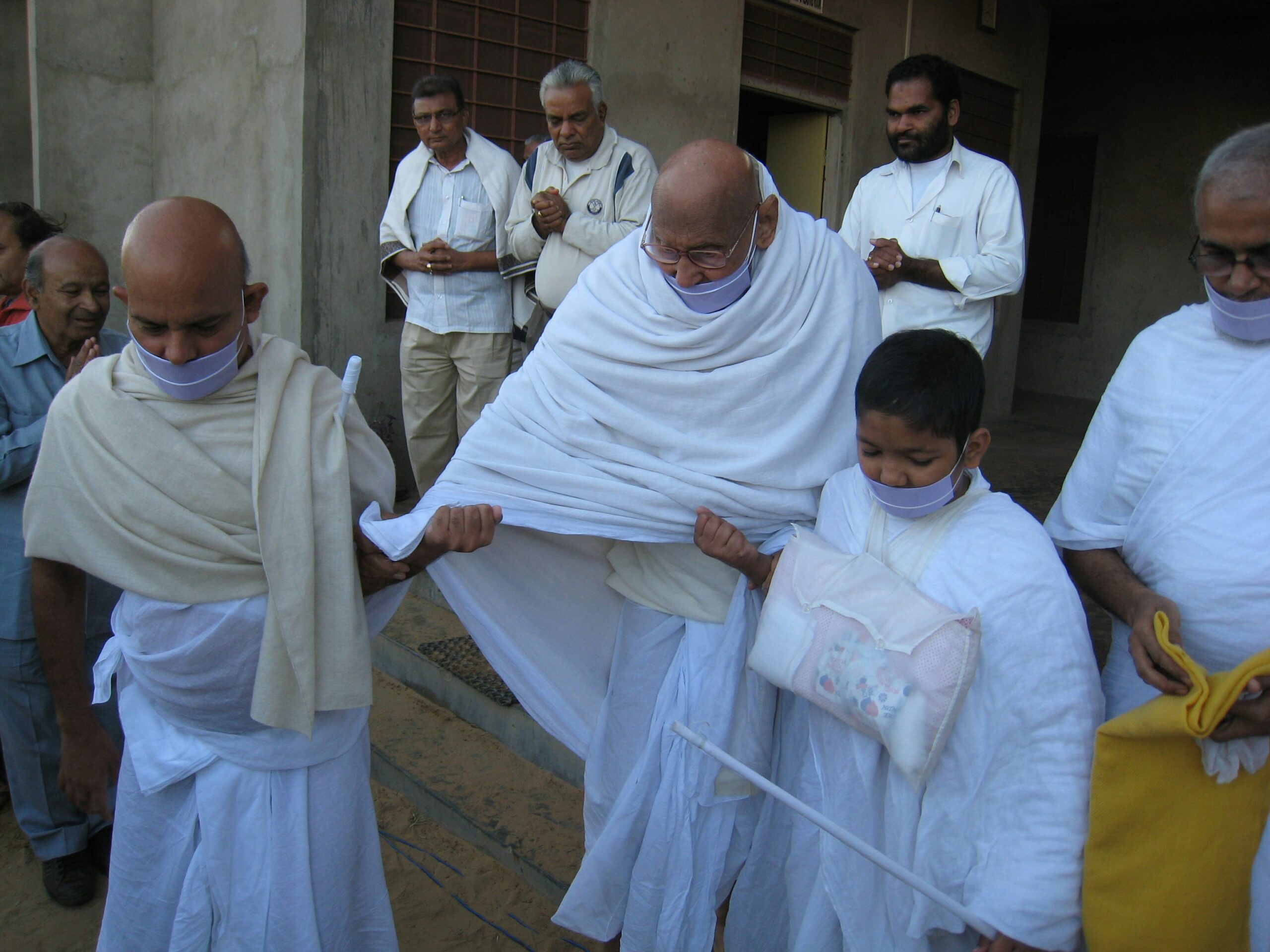Understanding Mukti in Sikhism: How it Differs from Moksha and Salvation
Sikhism, a monotheistic religion founded in the 15th century in the Punjab region of South Asia, places great emphasis on spiritual liberation and the pursuit of Mukti or Mukat. While the concept of Mukti shares similarities with the Hindu and Jain notions of liberation, it also has distinct characteristics rooted in Sikh teachings. In this article, we will explore how Mukti in Sikhism differs from Moksha and salvation.
Mukti in Sikhism
In Sikhism, Mukti refers to the liberation of the soul from the cycle of birth and death. It is the ultimate goal of every Sikh, a state of spiritual freedom and union with the divine. The Sikh Gurus taught that achieving Mukti requires a deep connection with the divine and a life dedicated to righteous actions, selfless service, and devotion.
Unlike the Hindu concept of Moksha, which is often associated with the liberation of the individual soul and the merging with the universal soul, Mukti in Sikhism is not about losing one’s individuality. Instead, it is about realizing the true self and living in harmony with the divine while still maintaining one’s unique identity.
Differences from Moksha
Moksha, a central concept in Hinduism, refers to the liberation from the cycle of birth and death and the merging of the individual soul (Atman) with the universal soul (Brahman). While both Mukti and Moksha aim for liberation, there are significant differences in their understanding and attainment.
In Sikhism, Mukti is not seen as a state of merging with the divine, but rather as a state of being in constant union with the divine while retaining one’s individuality. The Sikh Gurus emphasized the importance of living a worldly life while being spiritually connected, rather than renouncing the world to attain liberation.
Furthermore, Sikhism rejects the idea of caste-based discrimination and the concept of karma influencing one’s birth and social status. In contrast, Hinduism places importance on the caste system and the belief in the consequences of past actions affecting one’s present life and future incarnations.
Another difference lies in the means of attaining liberation. In Hinduism, various paths (yogas) such as Bhakti Yoga, Karma Yoga, and Jnana Yoga are advocated for achieving Moksha. Sikhism, on the other hand, emphasizes the path of Naam Simran (meditation on the divine name) and selfless service (Seva) as the means to attain Mukti.
Differences from Salvation
Salvation is a concept found in various religious traditions, including Christianity and Islam. While it shares similarities with the idea of liberation, there are distinctions between salvation and Mukti in Sikhism.
In Sikhism, Mukti is not solely focused on the afterlife or the attainment of a heavenly abode. It is a state that can be achieved in this lifetime through spiritual practice and a righteous way of living. Sikh teachings emphasize the importance of living a life of truth, humility, and selflessness, rather than relying solely on the hope of salvation in the afterlife.
Furthermore, Sikhism rejects the notion of a chosen few or exclusive salvation. Sikh Gurus taught that Mukti is available to all individuals, regardless of their gender, caste, or social status. The path to Mukti is open to anyone who seeks a deep connection with the divine and lives a life of righteousness.
Conclusion
While the concept of Mukti in Sikhism shares some similarities with the Hindu and Jain notions of liberation, it also has distinct characteristics rooted in Sikh teachings. Mukti in Sikhism is about realizing the true self, living in constant union with the divine, and maintaining one’s individuality. It is achieved through a life dedicated to righteous actions, selfless service, and devotion. Understanding the differences between Mukti, Moksha, and Salvation helps us appreciate the unique perspectives and teachings of different religious traditions.
Thank you for reading this post, don't forget to subscribe!














